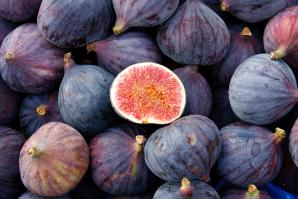
Fig Farmers Go Nuts
Are pricey almonds pushing out drought-friendly figs?
Kevin Herman sees his fig trees as his future. They require very little water and, even amid long-term forecasts of limited rain and increasing temperatures, the trees are likely to produce a comfortable living for the Madera County farmer.
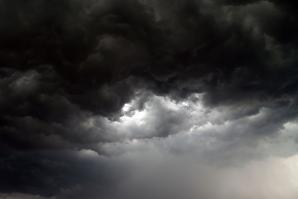
California Fears El Nino’s Dark Side Will Bring More Trouble
El Nino may likely not end the state’s 4-year drought. Imagine instead a darker scenario, where the weather-changing phenomenon adds another year of dryness in the north while ravaging the south with floods. “What do you say when the governor asks you what to do? ‘You prepare for flood and drought because there is a possibility you can get both,”’ said Mike Anderson, state climatologist.
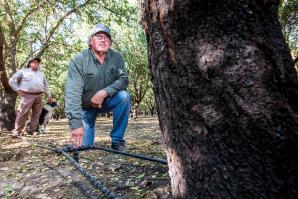
Hiding in the Shallows
As farmers switch from flood irrigation to drip, California’s water tables are falling
Agricultural groups and the federal government are actively encouraging growers to improve their irrigation systems to save water, usually by graduating from flooding, and farmers who haven’t upgraded have received stinging criticism. But drip irrigation is not necessarily a panacea for water shortages.

University of California Sells $200 Million Fossil Fuel Holdings
Students representing the university’s 10 campuses have protested and collected petitions urging the school to divest from fossil fuels that include coal and oil sands, a mix of sand, clay, water and a heavy oil called bitumen. Fossil Free UC, a coalition of students, faculty, staff and alumni has asked the university to adopt a five-year plan to freeze new fossil fuel investments.

Brown Drops 50% Gasoline Cut in California Amid Big Oil Protests
California Governor Jerry Brown abandoned a plan to cut gasoline use in half as part of an ambitious bill to combat climate change, after oil companies and business groups waged a multi-million dollar campaign against the effort.

Are Californians absorbing the state’s water message?
The state’s top water cop on the challenges CA is up against
After years of drought and increasing government demands to cut water use and allow lawns to fade, the Golden State moniker is taking on new meaning. It has fallen to Felicia Marcus, Gov. Brown’s appointee to the head of the State Water Resources Board, to set the water-use rules for farmers, water districts, homeowners and everyone else. We sat down with the state’s top water cop to better understand the challenges she’s up against and the messages her office is communicating.
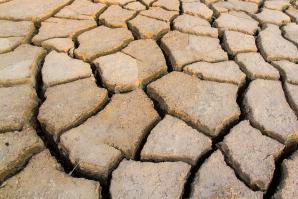
Power Grab
California’s record drought may be a boon to power companies
California is in the fourth year of an unprecedented drought, with rivers and reservoirs running dry. The energy needed to help grow crops, including about 2 billion pounds of almonds annually, may reach a record this year, and utilities are responding by building new transmission lines and substations to handle the additional electricity.

A Tall Order
Tree maintenance is a must for property owners
The sickening, wooden crack of a falling tree can strike fear into the hearts of property owners. Maybe that’s true for anyone within a certain radius of the falling tree, but property owners have a more specific concern: They could be liable for thousands of dollars in damage to cars, or even lives.
Sponsored
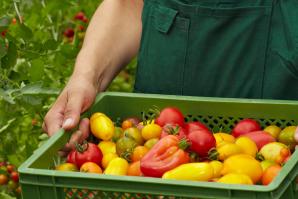
Sacramento Agriculture Ripe for Global Opportunities
At Chase, we take pride in understanding the unique needs of our clients and have a rich history of supporting agribusiness companies. For more than 200 years, we have been dedicated to cultivating positive client experiences, and as a result, we report an average 20-year client relationship.
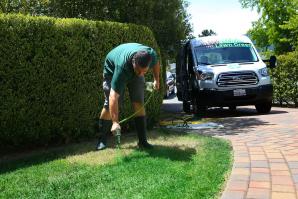
Startup of the Month: Brown Lawn Green
In dry times, the grass can be greener with paint
Short on water for your grass? Just add paint, says Bill Schaffer, owner of Brown Lawn Green in Dixon. The idea for his business started as a joke. With California in the midst of a historic drought, Schaffer commented to his girlfriend that people would have to start painting their lawns if they wanted them to be green again. When the state introduced strict new rules concerning water use, he realized he might be onto something.


